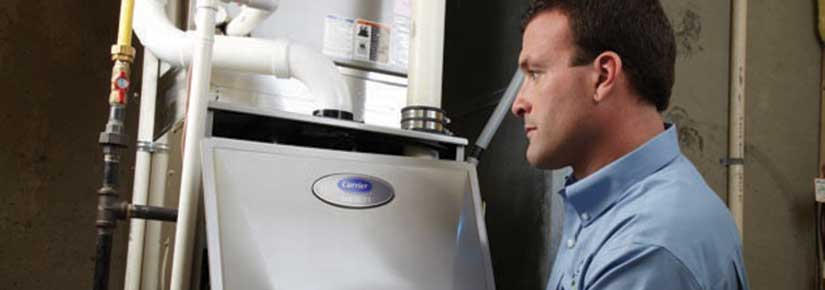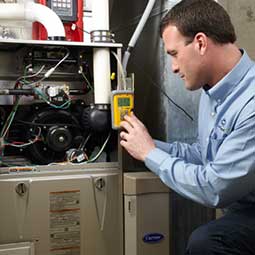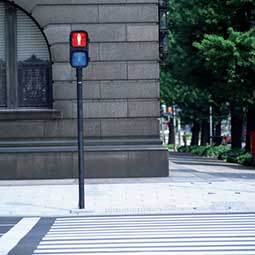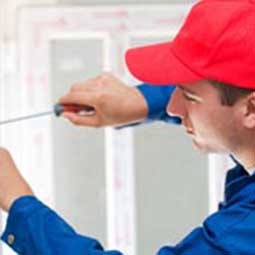5 Benefits Of A Furnace Tune-Up
Posted on September 20, 2019 at 10:40 AM

Whether you’re back-to-school shopping, getting in a few more beach weekends on Cape Cod, or simply looking forward to a day off on Columbus Day, add schedule a furnace tune-up to your to-do list.
The end of summer is the perfect time to think about heating your home for winter. By planning ahead, you can save yourself anxiety and money. Here’s a 3-step hack for lowering your energy bills in winter.

This article focuses on the first part of the insider’s hack: furnace tune-ups. Too many people jump right to the DIY projects and button up drafty areas and install smart thermostats—both of which are great ways to save on energy costs in the frigid Greater Boston winters. But, don’t underestimate the value of a manufacturer-trained technician with years of on-the-job HVAC experience.
Especially if you have a natural gas furnace, it’s always best to get a licensed, fully insured professional to work on your furnace. Pinhole leaks can develop in venting ductwork, and other red-flag signs of a problem may not be apparent except to someone with hands-on experience in furnace repair.

Every furnace manufacturer has its own technology and custom design to set it apart in the market. That’s why only factory-trained HVAC technicians truly understand how your furnace works. The following Basics of a Furnace Tune-up Checklist outlines the general tasks typically performed while tuning up a furnace to highlight the benefits of a professional furnace tune-up.
1. Examine and clean the combustion chamber and blower compartment.
Electricity and (if applicable) gas must be turned off before accessing the inside of a furnace. The HVAC contractor must be licensed to work with natural gas, which is why homeowners should not turn on and off their own gas.
The combustion chamber and blower compartment should be vacuumed of debris. Both should also be inspected for any holes created by corrosion, according to home improvement expert Bob Vila.
2. Look at the ignition system and assembly.

Older furnaces have standing pilot lights to ignite fuel to burn when the thermostat calls for heat. Today’s furnaces mostly have two types of ignition systems: intermittent pilot (IP) and hot surface igniters (HSI) systems.
IP systems ignite the gas burner with a spark on demand.
HSI systems use hot surface igniters for on-demand ignition of the burner. Hot surface igniters are similar to filament light bulbs and, therefore, burn out from time to time. Understanding the type of furnace you have is important to identifying signs of future repairs and troubleshooting existing gas furnace problems.
3. Replace the air filter.

It’s one of the most basic tasks. Typically, homeowners are capable of checking and replacing air filters—but it’s one of the most neglected maintenance tasks by homeowners.
The air filter not only protects the machine from dirt and debris, but it also removes pollution from the air you breathe. During cold seasons when you use your furnace, most experts recommend checking the air filter every 1 to 3 months and changing it as needed.
Replacing dirty air filters lets your furnace run efficiently. Motors get stressed trying to pull air through a clogged filter, which leads to higher fuel costs and repairs.
4. Check the carbon monoxide detector.
Whether you burn oil or gas, there should be a carbon monoxide (CO) detector nearby, according to the Centers for Disease Control and Prevention (CDC). CO is an invisible, odorless, and poisonous gas that kills hundreds of people every year and sickens thousands more.
The CDC recommends inspecting furnaces once a year for leaks and placing battery-operated or battery back-up CO detectors near every sleeping area in your home. Many homeowners choose to buy combination smoke and CO detectors. Get in the habit of testing the detectors each month, changing the batteries every year, and replacing the entire unit every 10 years, according to the U.S. Fire Administration.
5. Calibrate the thermostat.

The optimal indoor temperature for energy conservation is 68°F, according to the California Energy Commission’s Consumer Energy Center.
Then, homeowners and business owners can save up to 10% on heating and cooling costs each year by lowering the thermostat 7 to 10°F for 8 hours a day, according to the U.S. Department of Energy.
However, for these money-saving strategies to work, the thermostat and the furnace need to be in sync.
An easy way to test the accuracy of your thermostat is to place a reliable thermometer in the room and compare it’s reading to your thermostat setting. For the wall-mounted, twist-to-set thermostat, remove the faceplate, first. Then, move the lever away from the “longer” setting if the furnace cycles on and off too often, and move the lever towards the “longer” setting if the room temperature is too hot or too cold for long periods, according to The Family Handyman magazine. Digital and smart thermostats can be calibrated electronically according to the manufacturer’s instructions.
Best Advice:
Take time to prepare for emergencies. Schedule a first-time tune-up today. Before your appointment, look into a preventative maintenance program to keep your furnace and other HVAC equipment performing at their best.
A factory-trained HVAC technician can save you money on annual energy costs and help to make your new, energy-efficient furnace last longer.
If this article is useful to you, please Like it below. If you know someone who can benefit from it, please Share it.
If your question isn’t answered here, contact the Pierce Refrigeration team and one of our experts will guide you in finding your solution.
Need 24-7 emergency service? Looking for advice on improving your everyday air quality and comfort at home and at work?
Contact the friendly staff at Pierce Refrigeration at
800-696-1088
info@piercerefrig.com
The Pierce team focuses entirely on heating, air conditioning and indoor air quality. We understand these technologies, work with them every day, and our people are factory-trained and fully certified.
Visit our websiteGet the best summertime performance from your central air and mini-split systems.
Read more.
Do I really need an AC tuned-up?
Read more.
Do you really need a furnace tune-up?
Read more.
Telephone
Toll-free: 800-696-1088508-586-1088
617-698-1272
After Hours and Weekend Emergency
781-961-6463
Email
info@piercerefrig.com
Mailing Address
439 East Center Street
P. O. Box 40
West Bridgewater, MA 02379
Website
www.piercerefrig.com